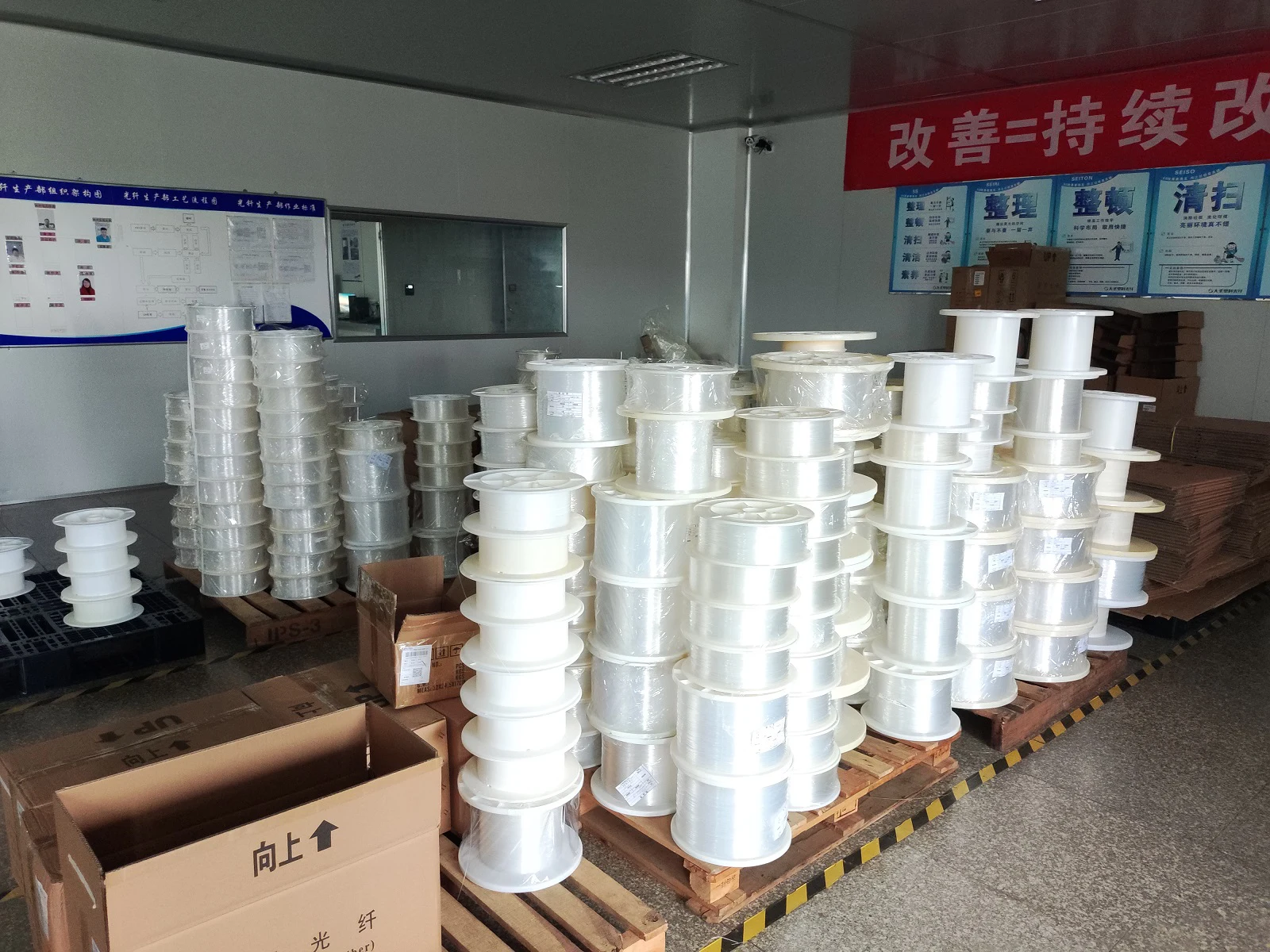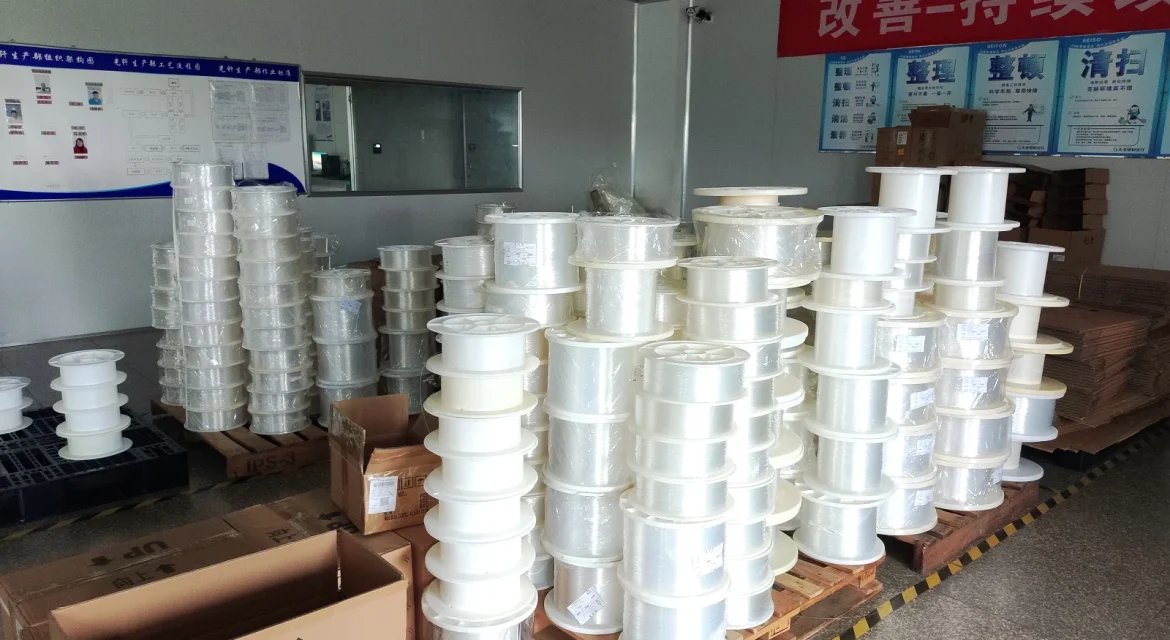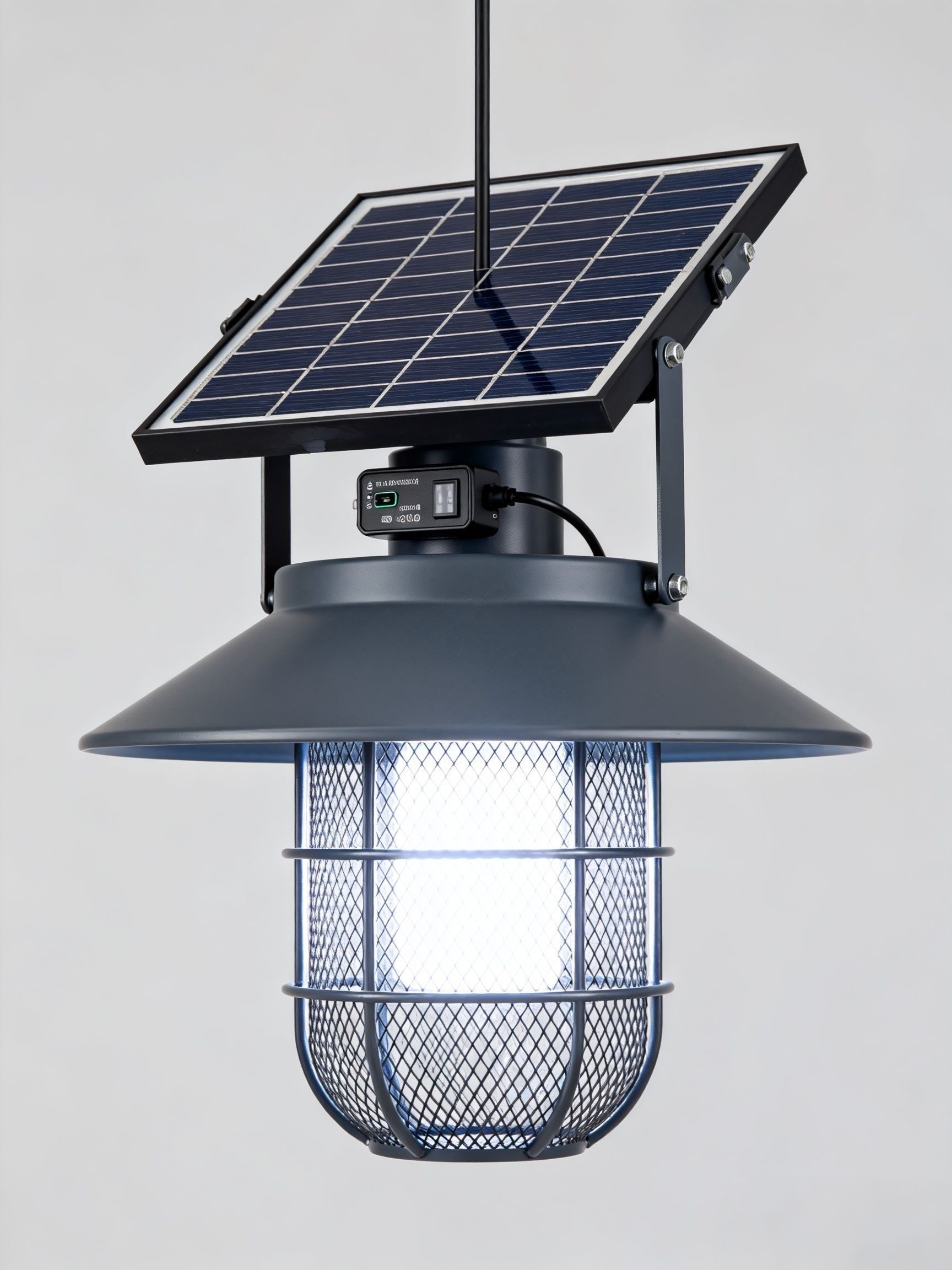In ancient times, people used smoke signals for communication. With the advancement of electromagnetism in the 19th century, the telegraph became a crucial tool for long-distance communication. After the invention of the telephone, instant communication was achieved. Subsequently, the world has made prolonged efforts to explore and develop instant communication technologies. Today, optical communication technology has become an indispensable component across various industries, with optical communication equipment serving as the backbone of modern communication!

Optical communication equipment includes optical transmitters and optical receivers. Both types of equipment utilize optical fibers and optical modules.
As the propagation medium of optical communication, there are mainly two types of optical fibers: single-mode fiber and multi-mode fiber. Single mode fiber is suitable for long-distance and high-speed communication because it only supports the propagation of a single optical mode, reducing the attenuation and dispersion of optical signals. Multimode fiber is suitable for short distance transmission and can support the propagation of multiple optical modes over shorter distances at a lower cost.

Optical modules are miniaturized devices that integrate light emitters, light receivers, and other electronic components. Common types of optical modules include SFP(Small Form-factor Pluggable)、
QSFP(Quad Small Form-factor Pluggable)Wait. These modules are widely used in scenarios such as data centers, high-speed networks, and fiber to the home (FTTH). With the continuous growth of optical communication demand, the transmission speed of optical modules is also constantly improving, from 10Gbps to 100Gbps and even 400Gbps, meeting the needs of fields such as big data and cloud computing.

With the increasing demand for environmental protection, optical communication equipment will pay more attention to energy efficiency and environmental protection, and develop more energy-efficient and low consumption optical communication technologies to achieve sustainable development. Plastic optical fibers, as innovative materials in optical communication, will also be widely used.
Plastic Optical Fiber (POF), as a new type of optical fiber material, has the advantages of lightweight, good flexibility, and low cost. Compared with traditional glass fiber, plastic fiber has a lower refractive index, but it can still provide good performance in short distance transmission, especially suitable for low-speed and medium speed application scenarios.

Plastic optical fibers are made of flexible materials that can be bent and wound, making them suitable for use in complex wiring environments. Compared to glass fiber optic cables, plastic fiber optic cables are lighter in weight and easier to install and maintain.
Plastic optical fibers are suitable for applications where data transmission distances range from tens to hundreds of meters. In fields such as homes, office buildings, and vehicle communication systems, plastic fiber optics can provide sufficient bandwidth and transmission speed.
Moreover, the flexibility, high temperature resistance, and corrosion resistance of plastic optical fibers give them unique advantages in some special environments.
The future optical communication equipment will inevitably undergo revolutionary changes. Revolutionary breakthroughs will be made in multiple dimensions such as ultra-high speed, extremely low latency, intelligence, adaptability, and green environmental protection. With the development of cutting-edge technologies such as new materials, quantum technology, and artificial intelligence, optical communication equipment will not only be a high-speed transmission tool, but also a core technology that fully supports digital transformation and promotes the progress of intelligent society. Whether in data centers, 5G networks, the Internet of Things, or in future technology applications such as smart cities and autonomous driving, optical communication devices will play an irreplaceable role.





